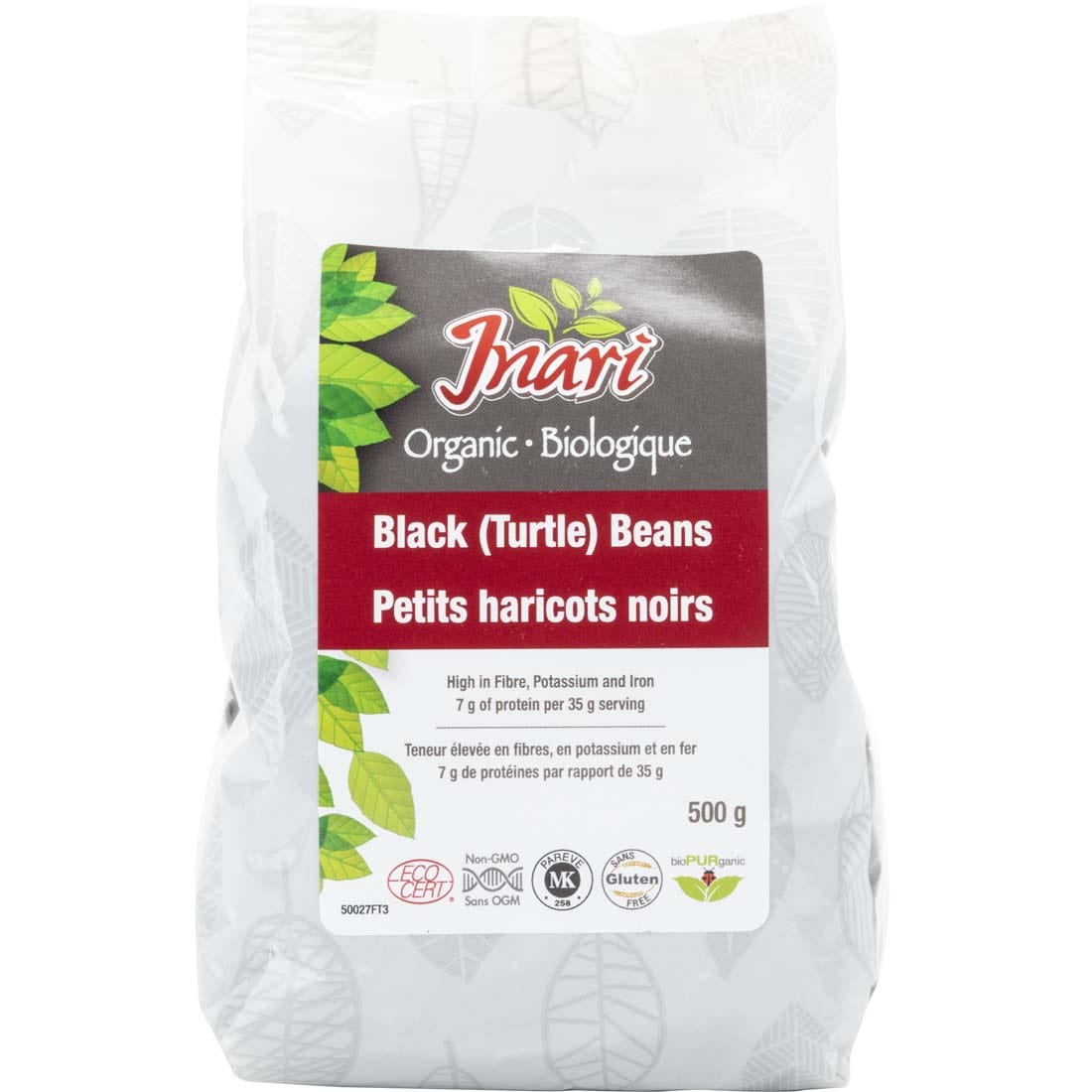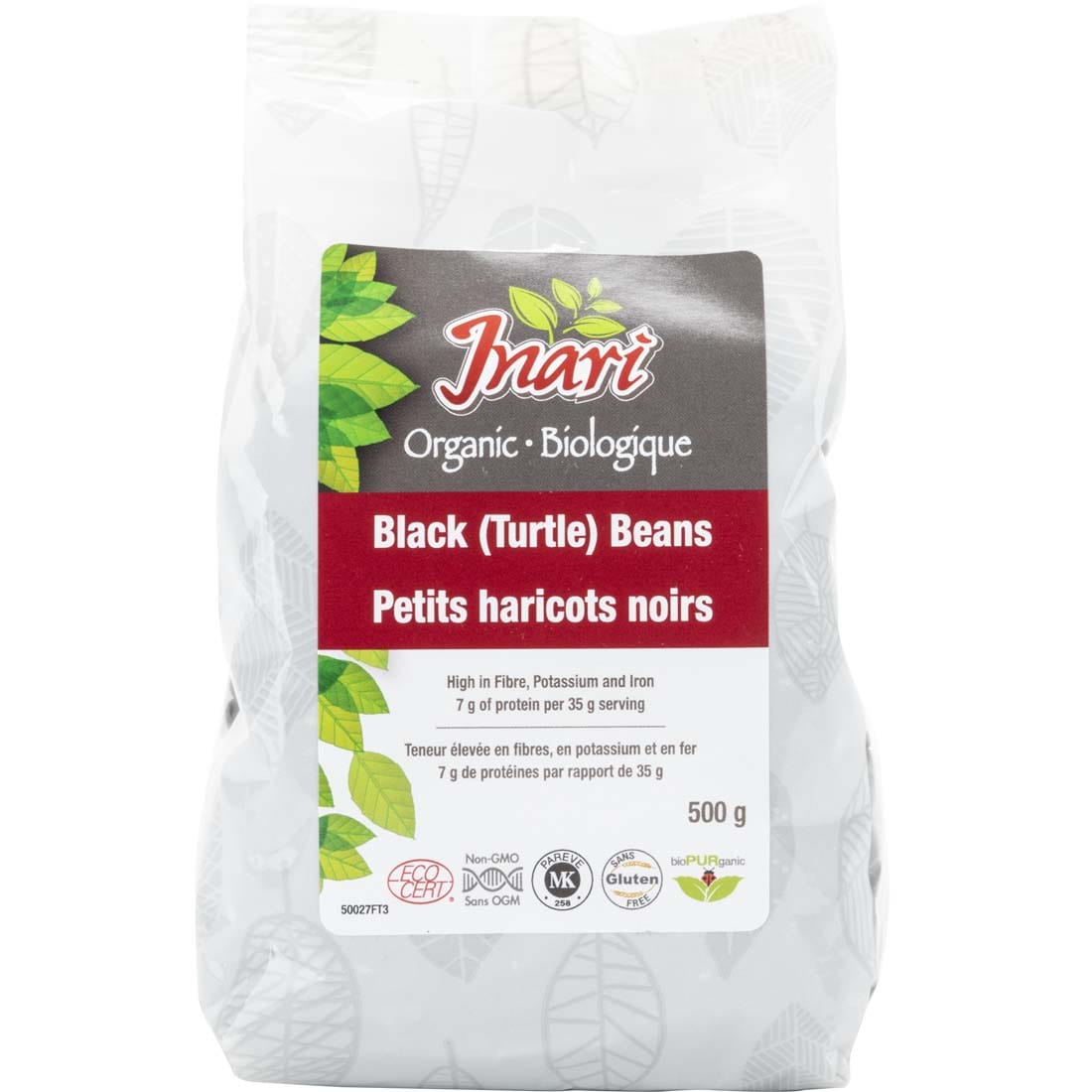Inari Organic Black Turtle Beans, 500g
Inari Organic Black Turtle Beans, 500g
-
Sale Sold outRegular price $5.49 CADSale price $5.49 CAD Regular priceUnit price per
- Notify me when the price drops
Save money with volume discounts!
-
Buy 3+$5.49 $5.38 / eachsave 2%
-
Buy 6+$5.49 $5.33 / eachsave 3%
-
Buy 12+$5.49 $5.22 / eachsave 5%

Inari Organic Black Turtle Beans, 500g
:by Inari
If you find a lower price, we'll beat it
Quality products you can depend on
Canadian orders $79+ ship free
Not happy? Return it within 60 days
Inari Organic Black Turtle Beans Details
The Black Turtle Bean is thought to have originated in Southern Mexico and Central America over 7,000 years ago, and evidence of its use has been found in excavations of prehistoric dwellings. It has since spread widely around the world, and black beans are widely used throughout Latin America, the Caribbean, and the southern United States (especially Florida and the South West). Black bean soups, stews and sauces are very common in Latin American countries. Black beans are becoming more popular in this country, in part due to increased immigration from Latin American countries, and the culinary traditions these immigrants bring with them.
Nutrition
All legumes are high in protein, and black beans are no exception. Dried beans are important sources of protein in vegetarian diets, and in areas where animal protein is scarce or expensive. However, this protein is incomplete (does not contain all 9 amino acids), so grains (which provide the missing amino acids) must also be a significant part of the strictly vegetarian diet. Or, small amounts of dairy products, meat, poultry or fish (which contain complete proteins) must be part of the diet. In the areas where common beans originated (Central America and southern Mexico) corn supplied the missing amino acids, and squash was an additional source of vitamins.
Black beans, as all dried beans, are also good sources of starches, fiber, B vitamins, iron, zinc, phosphorus, complex carbohydrates and calcium. About half of the calcium is lost during cooking. High percentages of the other nutrients remain however, even after cooking.




